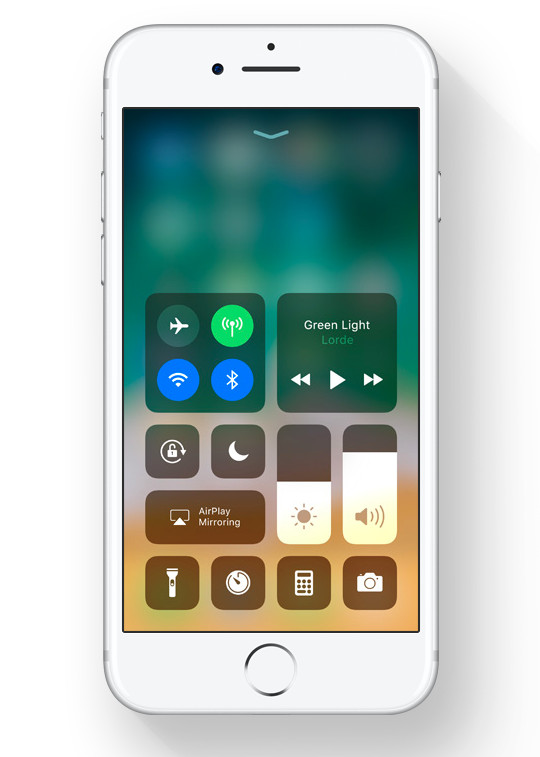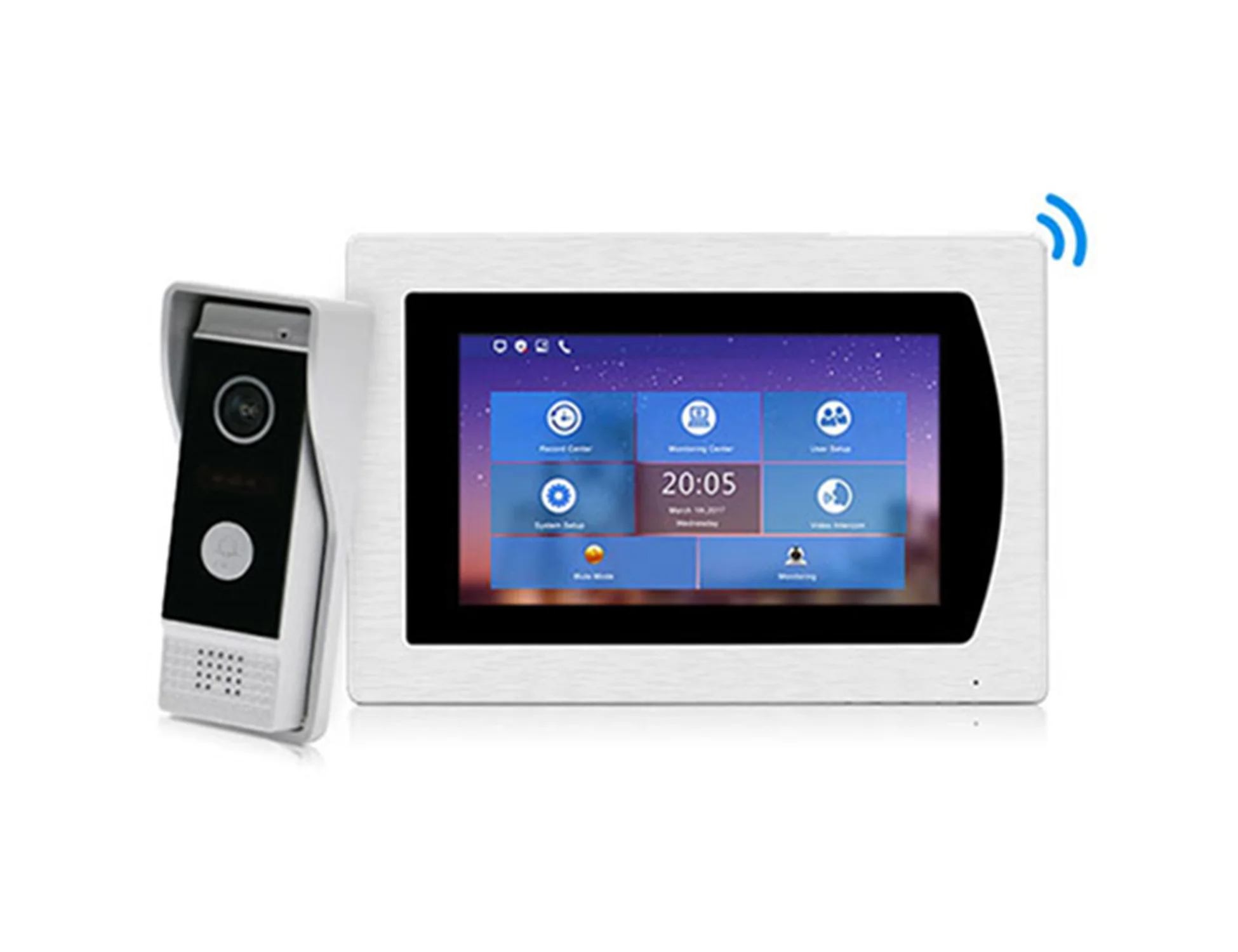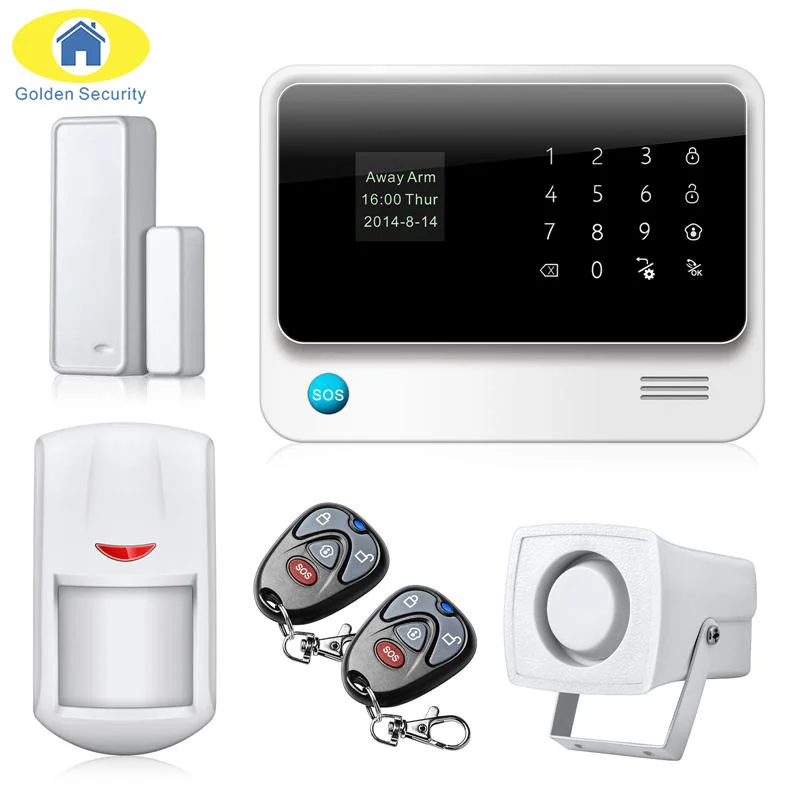
#Ios home control code#
In doing so, you can manually enter the eight-digit code that comes with your product.

#Ios home control install#
To use your new smart home product with HomeKit, you must first install it using the Home app on iOS. Two years later, Apple introduced a macOS version of the Home app with limited capabilities. The free Home app for iOS arrived with iOS 10 that month. Though HomeKit launched in 2014, it wasn’t until September 2016 that a centralized app was released. From here, you can see links to the most popular smart products, which are organized by product type, device compatibility, and brand. Otherwise, you should visit Apple’s official HomeKit page.

Without this marking, the product isn’t compatible. The easiest way is to look for the icon “Works With Apple HomeKit” on the box. Among the companies that offer HomeKit-compatible products include Philips Hue, Samsung, LG, Libratone, Sylvania, iHome, Ecobee, Honeywell, etc.įinding HomeKit-compatible products isn’t always a simple process. These include TVs, speakers, switches, outlets, thermostats, windows, locks, cameras, and many more. (Some functionality still requires the official app from the manufacturer, however.)īesides smart lightning, HomeKit-compatible products are available in a range of product lines.

Instead, you can install and use the product directly from the Apple Home app. However, until the arrival of HomeKit, you needed to use a separate app for every type of smart product in your home. Unlike traditional bulbs, smart lights allow you to adjust colors and brightness in your home using a smartphone. Lots of Product Categoriesįor many users, smart lighting systems like Philips Hue were their first introduction to smart home products. Regardless, there’s a large section of product lines that now support the framework. Whether this slow adoption is indicative of the still-relatively-small smart home market or because of Apple’s sometimes lengthy acceptance process remains unknown. In 2019, just over 100 brands worldwide offer products that are compatible with the HomeKit framework. Still, the list of manufacturers who support the protocol remains small. Since launching, the number of HomeKit-compatible products has grown considerably.
#Ios home control how to#
You’ll also learn how to set up and use HomeKit products using the Home app. In this article, you’ll learn more about Apple HomeKit, including the type of products it supports.


 0 kommentar(er)
0 kommentar(er)
